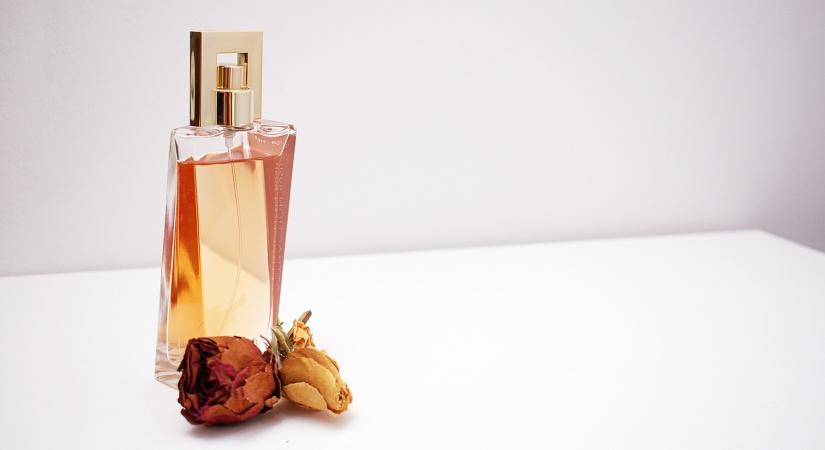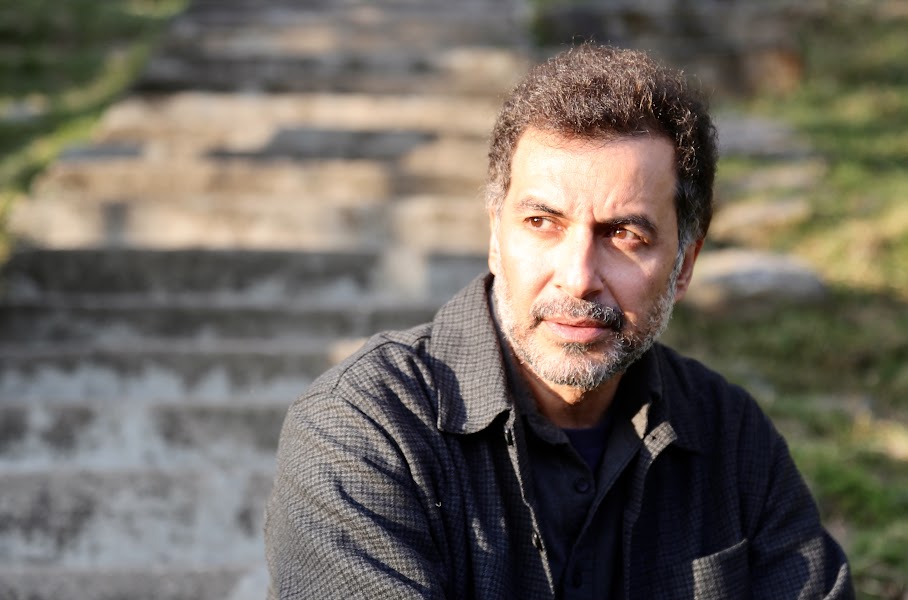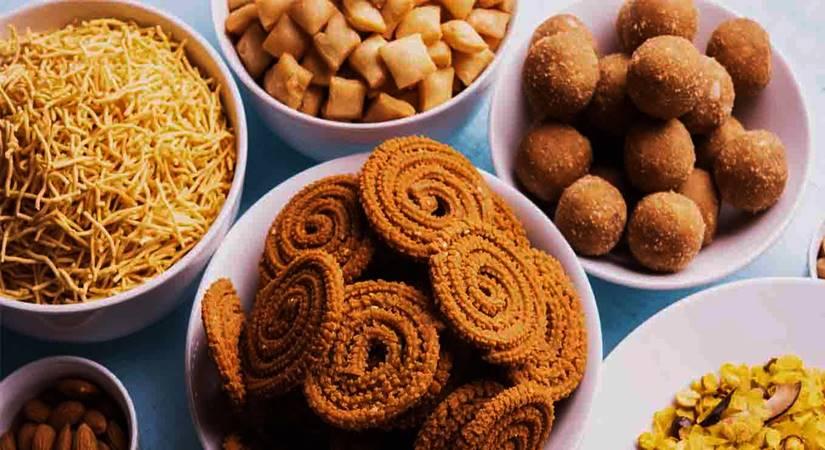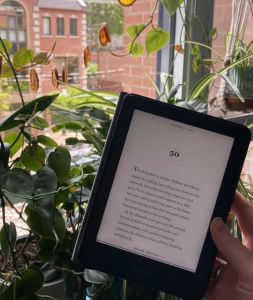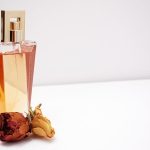Just understand the fascination with aromatherapy traditions around the globe and their distinctive contributions to holistic health…writes Lothungbeni Humtsoe
Aromatherapy has a rich history spanning across countries and continents. It is a practice of using natural plant extracts to support both physical and mental well-being. People have used aromatic herbs for their therapeutic benefits from ancient civilizations to modern societies.
“Aromatherapy has gained popularity in today’s hectic environment as a method for stress relief, relaxation, and overall well-being. From diffusers in homes to therapeutic massage sessions, the use of essential oils has become widespread across many cultures. Scientific studies on aromatherapy’s potential advantages are still ongoing, providing insight into how well it works to treat a range of mental and physical conditions.” says Ridhima Kansal, Director, Rosemoore.
“This ancient ritual unites traditional wisdom with contemporary living, transcending time. We create a spiritual connection with the natural world as we inhale the energy of ancient cultures, reigniting the peace that exists within all of us. Aromatherapy continues to weave its fragrant tapestry across the fabric of our worldwide heritage, whether it is through the calming scents of Provence lavender or the spiritually significant sage bundles of Native American rituals. Thus, let’s recognize and celebrate these various customs that have given us access to aromatics’ power for many years.”
Let’s understand the fascination with aromatherapy traditions around the globe and their distinctive contributions to holistic health.
India: Ayurvedic Aromatherapy
India with its ancient holistic healing system known as Ayurveda, has led the way in aromatherapy for millennia. To balance the doshas in the human body( Vata, Pitta, and Kapha), ayurvedic practitioners used essential oils extracted from herbs and plants which promoted mental and spiritual well-being of the body. Lavender, sandalwood, and frankincense are the commonly used essential oils known for their relaxing and revitalizing effects.
Egypt: Ancient Perfumery and Healing
Aromatic substances held profound cultural and religious importance in the land of pharaohs. Being master perfumers, the ancient Egyptians made considerable use of essential oils in cosmetics, religious ceremonies, and therapeutic use. In addition to being highly valued for their therapeutic qualities, oils like myrrh, frankincense, and rose were often used in embalming practices.
China: Traditional Chinese Medicine (TCM) Aromatherapy
Aromatherapy is also a part of traditional Chinese medicine, an ancient therapeutic method.TCM used aromatic plants like peppermint, eucalyptus, and ginger, to balance Qi(energy flow) and treat various ailments. The Chinese believe that the body’s energy channels are directly impacted by one’s sense of smell so that is why they incorporate aromatherapy into their holistic approach to health.
Greece: Hippocratic Medicine and Beyond
The ancient Greeks were influenced by Hippocrates and came to understand the real power of aroma. Due to antibacterial and antifungal properties, they used essential oil extracted from herbs like thyme, oregano, and rosemary. Greek physician Dioscorides discovered around 500 therapeutic plants which are still used in aromatherapy.
Native American Traditions
Aromatic plants have long been used for medicinal and spiritual healing purposes by North American indigenous citizens. Burning sacred herbs such as sweetgrass, cedar, and north sage in a technique known as smudging, which is believed to purify body, mind, and soul. The aromatic smoke promotes peace and balance by clearing areas and calling in uplifting energy.
Morocco: The Magic of Moroccan Oils
Morocco, a country famous for its vivid culture and stunning scenery, is also home to a wealth of aromatic traditions. Moroccan Argan oil is well known for its nourishing qualities for skin and hair. It is derived from the nuts of the Argania spinosa tree. Berber communities have been using this precious oil for years, and its popularity has grown throughout the world because of its popularity.
ALSO READ-Balancing Tradition and Modernity in Festive Home Décor


